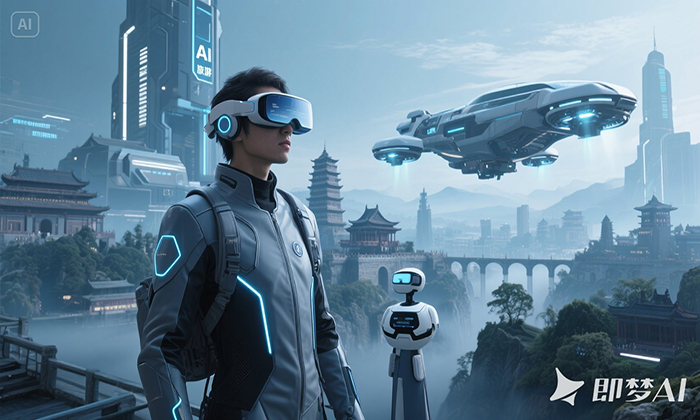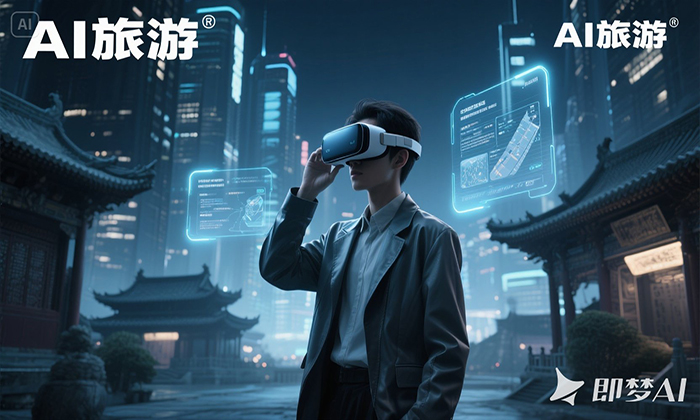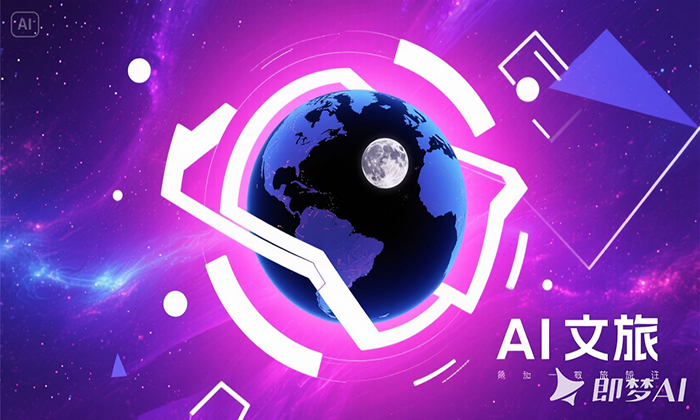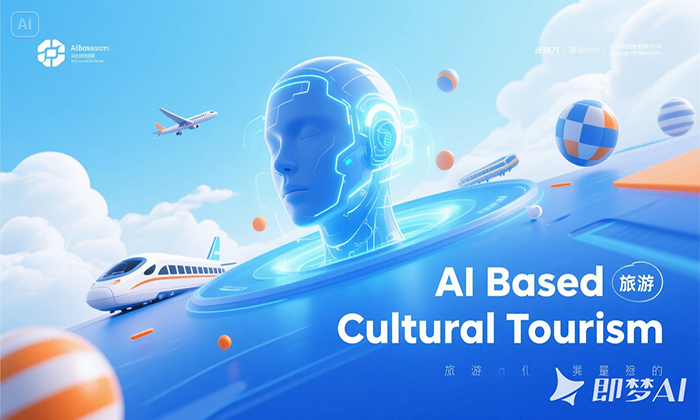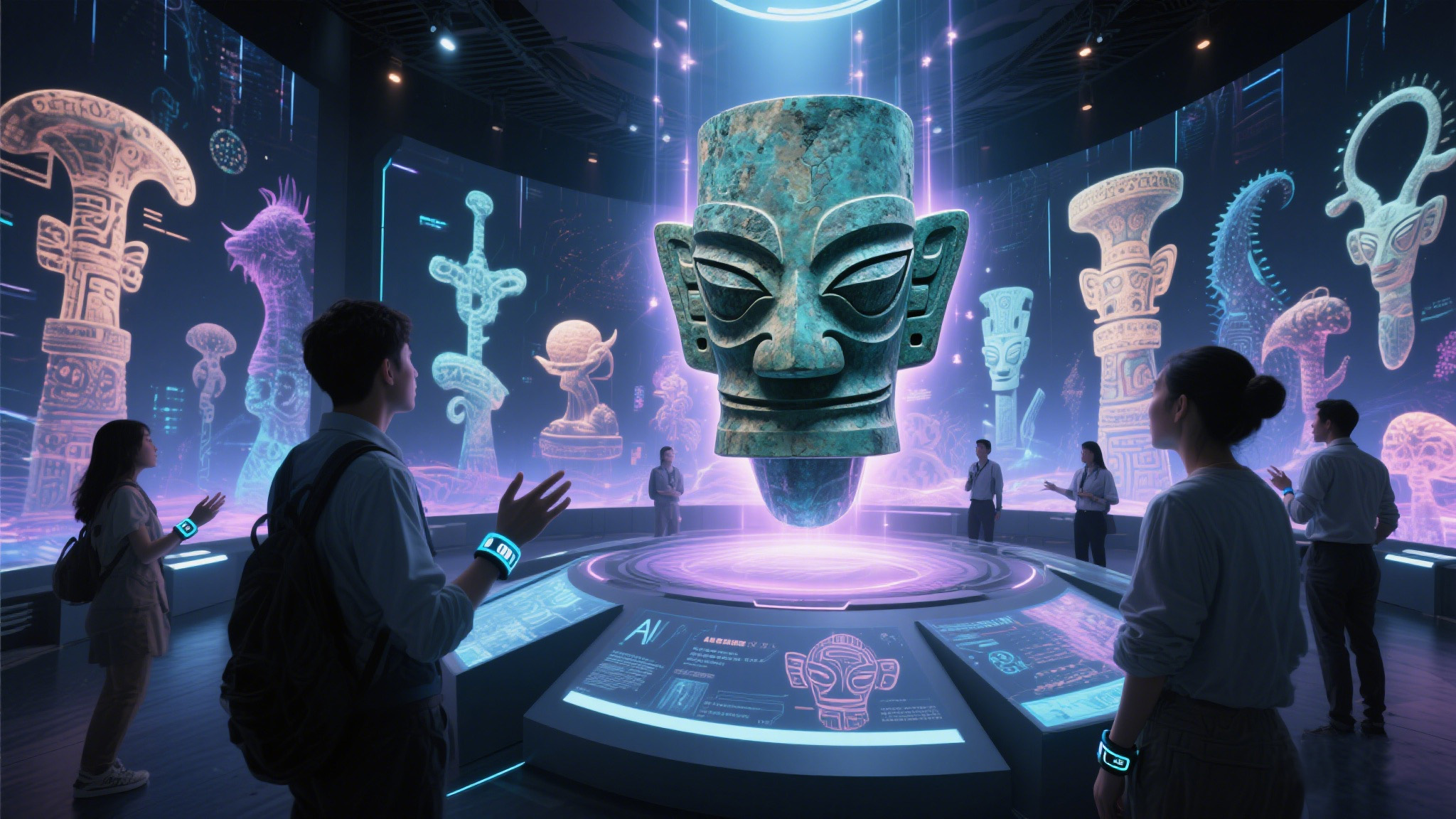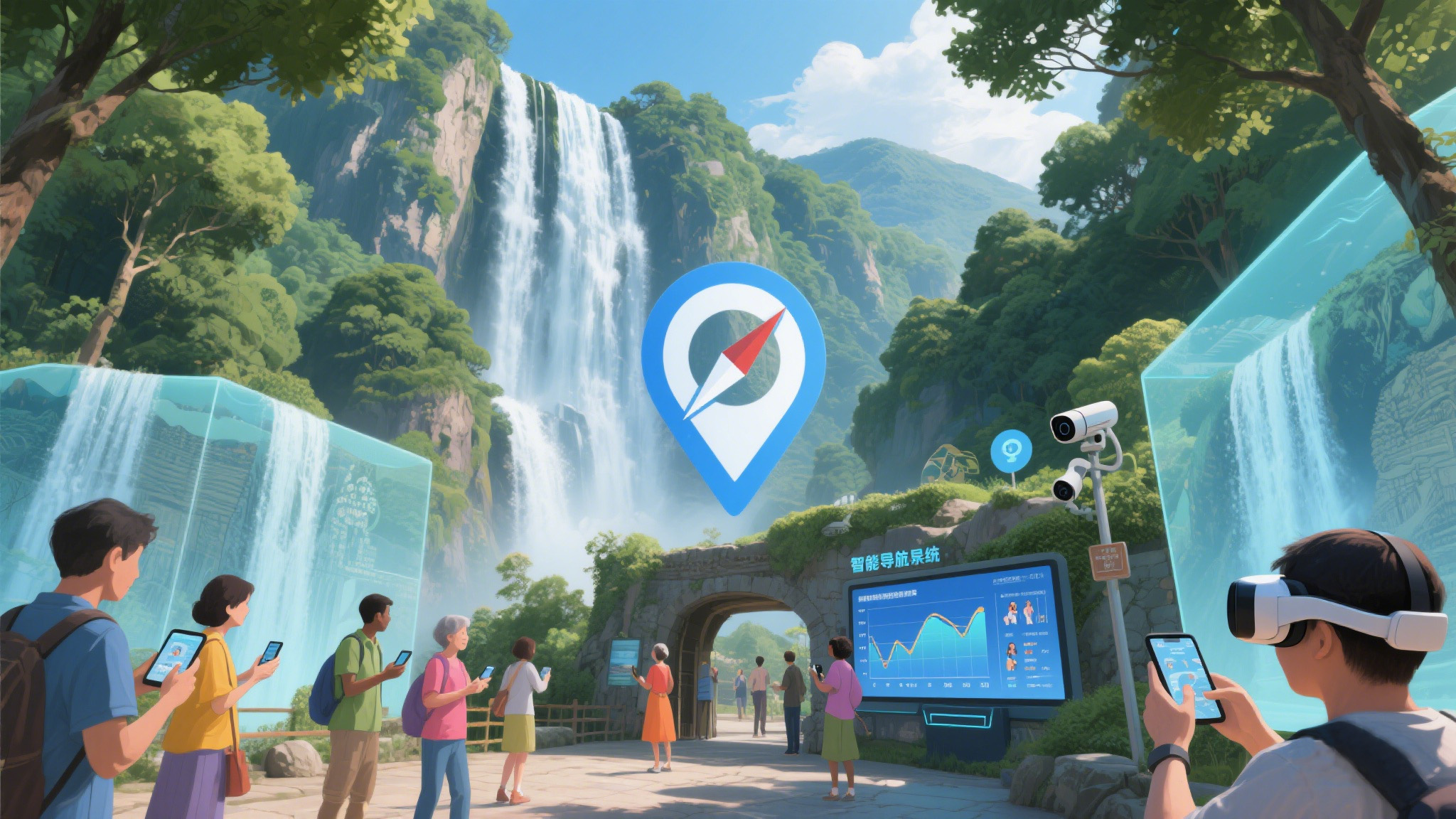The New Frontier: AI-Driven Cultural Tourism Trends Reshaping Travel in 2025
1. Smart Agent Ecosystems: From Assistants to Proactive "Travel Companions"
Core Shift: AI transcends chatbots, evolving into multi-role agents that orchestrate end-to-end journeys.
-
Multi-Agent Coordination: Platforms like Feizhu’s "Ask Anything" deploy specialized AI agents (e.g., itinerary planners, budget managers, real-time guides) that collaborate dynamically. For example, a weather disruption triggers automatic rescheduling of flights, hotels, and tours—all without human intervention48.
-
Emotional Intelligence Upgrade: Agents now interpret user sentiment via voice tone or facial recognition. Luoyang’s "Peony Fairy" robot adjusts storytelling enthusiasm based on visitor engagement levels, boosting satisfaction by 38%6.
-
Commercial Impact: Agents drive 25% higher conversion rates by closing booking loops within conversations (e.g., Tuniu’s "AI Little Cow" completes flight-hotel bundles in 10 seconds)8.
2. Immersive Realities: Blending Physical and Digital Worlds
Core Shift: AI-powered Extended Reality (XR) moves beyond gimmicks to culturally resonant experiences.
-
Generative World-Building:
-
Dunhuang’s "Seeking Dunhuang" VR exhibit uses AI to reconstruct eroded murals in real-time, allowing visitors to "restore" artworks via gesture controls4.
-
Disney’s AR glasses overlay animated characters onto physical landscapes, creating interactive scavenger hunts that increase dwell time by 45%6.
-
-
Dynamic Story Arcs: In Yunnan’s Tea Horse Trail, AR narratives adapt to walking speed—slower paces unlock deeper historical subplots6.
-
Economic Catalyst: NFT-linked experiences (e.g., Forbidden City’s "Digital Relic Blind Boxes") generated $120M in 2024, with 2025 projections up 300%5.
3. Predictive Sustainability: AI as an Environmental Steward
Core Shift: AI optimizes resource use while preserving fragile ecosystems.
-
Precision Tourism Management:
-
Huangshan’s AI Smart Body predicts crowd surges 72 hours ahead, auto-adjusting ticket sales and shuttle schedules to reduce bottlenecks38.
-
Machu Picchu’s IoT sensors cap daily visitors at 2,800, cutting erosion by 40% while maintaining revenue5.
-
-
Carbon-Neutral Operations:
-
Drum Wave Island’s "Zero-Carbon Travel" system tracks individual carbon footprints, rewarding eco-choices (e.g., reusable bottles) with discounts5.
-
Rural "Eco-Micro-Resorts" (e.g., Zhejiang’s Songyang) use AI to balance solar energy consumption and guest occupancy, achieving 90% energy self-sufficiency5.
-
4. Hyper-Personalization at Scale: Beyond Demographics
Core Shift: AI curates experiences based on behavioral biometrics, not just age or nationality.
| Traditional Approach | 2025 AI Innovation | Impact |
|---|---|---|
| Generic group tours | Ctrip’s TripGenie uses eye-tracking to detect interest shifts mid-tour, rerouting on-the-fly | 32% higher satisfaction (McKinsey 2025) |
| Static museum audio guides | British Museum’s "Sensory Vision" adapts narration depth using gaze duration analytics | 50% longer engagement per exhibit |
-
Inclusive Design: Google’s Project Euphonia enables non-verbal tourists to "speak" via gesture-to-AI translation (89% accuracy), while AR audio descriptions empower visually impaired travelers36.
5. Data Synergy: Breaking Silos for Unified Tourism Intelligence
Core Shift: Cross-industry data fusion enables real-time ecosystem optimization.
-
Smart City Integration:
-
Lenovo’s Cultural Tourism Agent syncs with urban systems—e.g., diverting tourists from overcrowded subway lines to idle buses during peak hours8.
-
Hangzhou’s "AI+ Tourism" hub links hotel, flight, and attraction data to auto-reschedule missed connections5.
-
-
Ethical Governance:
-
Wuzhen’s "Data Trust" model encrypts biometric data on state-owned clouds, preventing commercial misuse while enabling personalized services1.
-
6. Cultural IP Resurrection: AI as a Heritage Time Machine
Core Shift: Lost narratives and artifacts regain relevance through generative AI.
-
Mythical Reimagination:
-
Qingdao’s Shan Hai Jing Experience Zone uses AI to animate mythical beasts, with interactive projections responding to touch—tripling souvenir sales14.
-
-
Language Revival:
-
Guizhou’s AI Folklore Translators convert Miao elders’ oral tales into 15 languages, preserving endangered dialects while boosting rural tourism revenue by 38%8.
-
Challenges: Navigating the Human-AI Equilibrium
While AI’s potential is vast, its ethical deployment demands vigilance:
-
Data Fragmentation: 65% of SMEs struggle with incompatible systems (e.g., hotel vs. attraction APIs). Solution: Government-led data standards (e.g., China’s 2027 Smart Tourism Action Plan)38.
-
Cultural Integrity Risks: Over-automation may dilute authentic rituals (e.g., Kyoto’s geisha ceremonies limit AI to backend logistics)1.
-
Skill Gaps: Only 12% of tourism staff can manage AI tools. Solution: "AI Sherpa" training programs (e.g., Zhongqing LV’s certification courses)68.
The 2025 Verdict: Technology Serves Humanity, Not Replaces It
"AI’s highest purpose in tourism isn’t to build smarter machines—it’s to create deeper human connections."
— Dr. Sun Xiaorong, Architect of Hunan’s AI Tourism Initiative
Winning Strategies for Stakeholders:
-
Prioritize "Phygital" Fluency: Blend tactile authenticity (e.g., artisan workshops) with digital layers (AR-enhanced tours).
-
Embed Ethics by Design: Adopt bias-auditing tools (e.g., IBM’s AI Fairness 360) and data sovereignty frameworks.
-
Target Micro-Moments: Use AI to amplify "wow" experiences—e.g., Zhangjiajie’s holographic canyon light shows triggered by sunset sensors5.
By 2026, AI-driven cultural tourism will pivot from disruption to democratization—making heritage universally accessible while preserving its soul. Institutions resisting this shift risk obsolescence; those embracing it will redefine global travel.
Data Sources: UNESCO 2025 Impact Report • China Tourism Academy • DeepSeek Industry Forecasts568
For regional case expansions (e.g., EU vs. Asia models) or dataset queries, feel free to engage! 🌍







